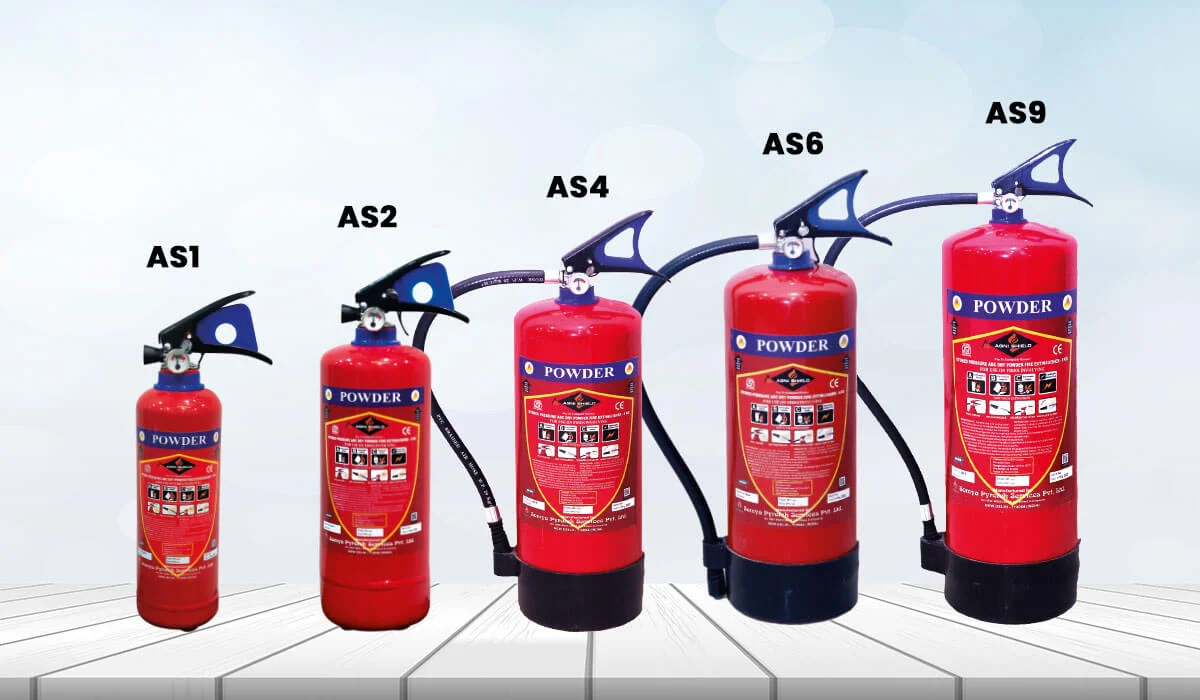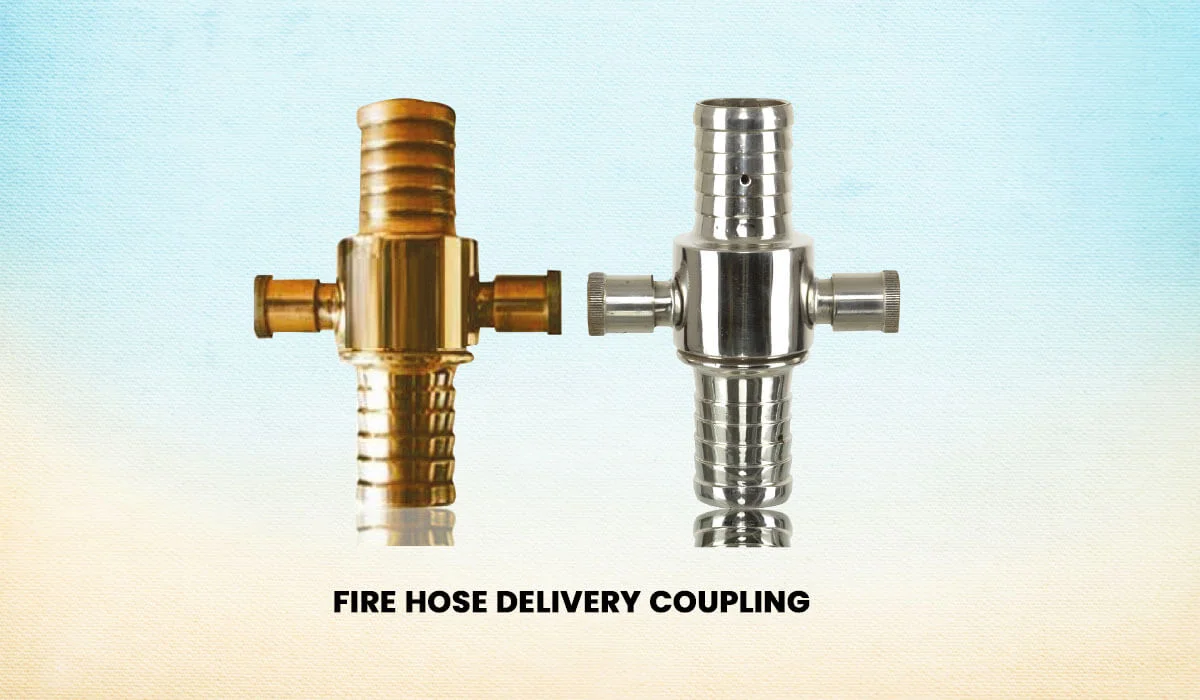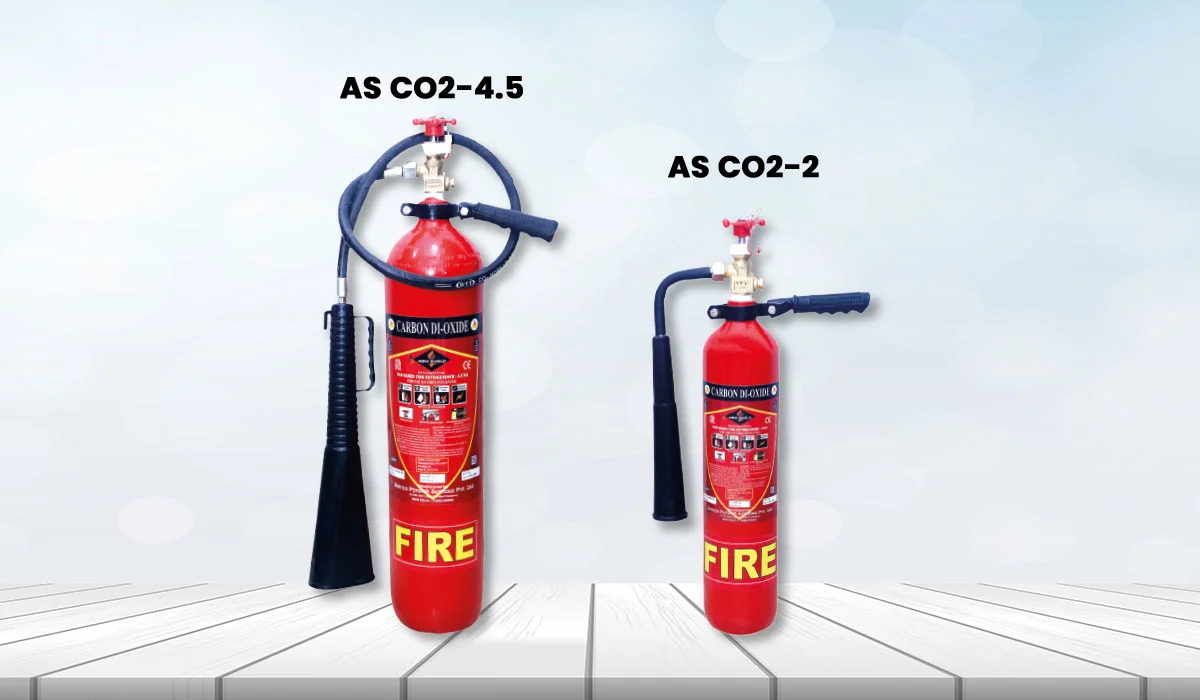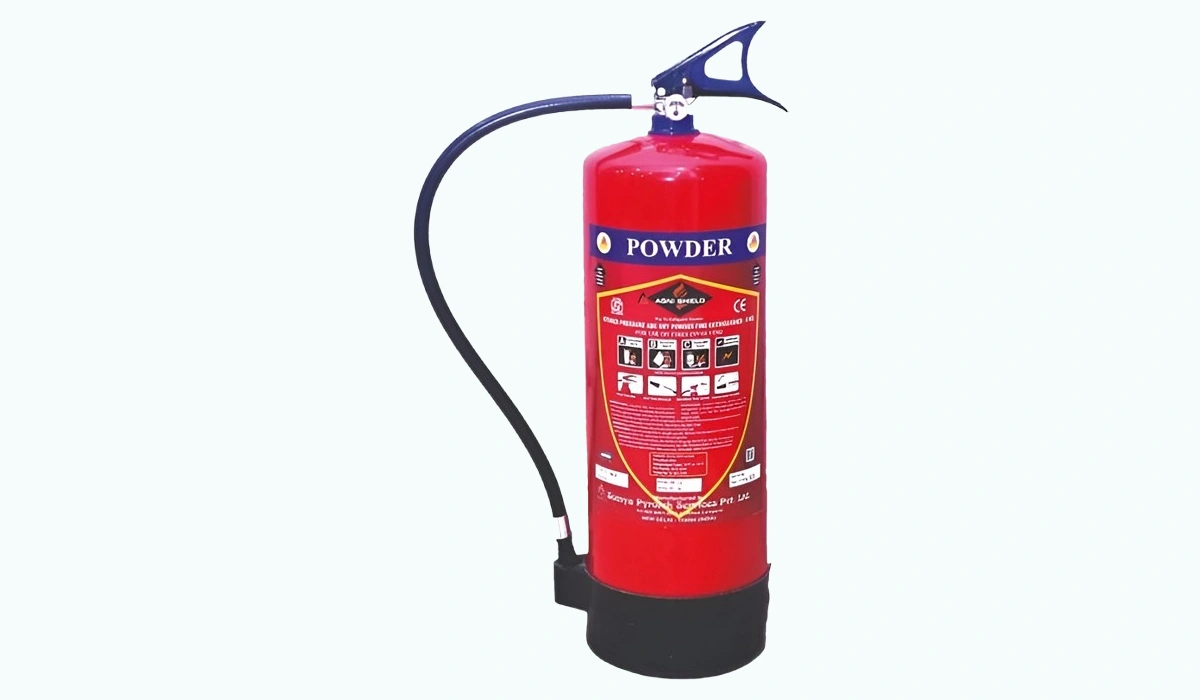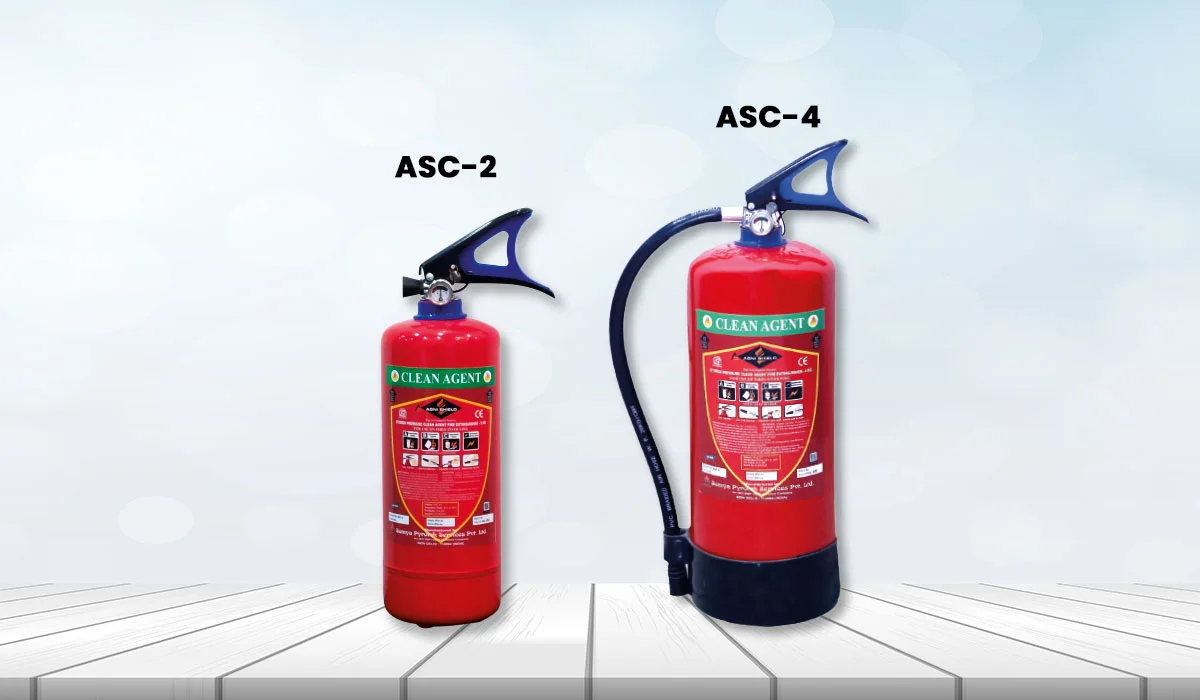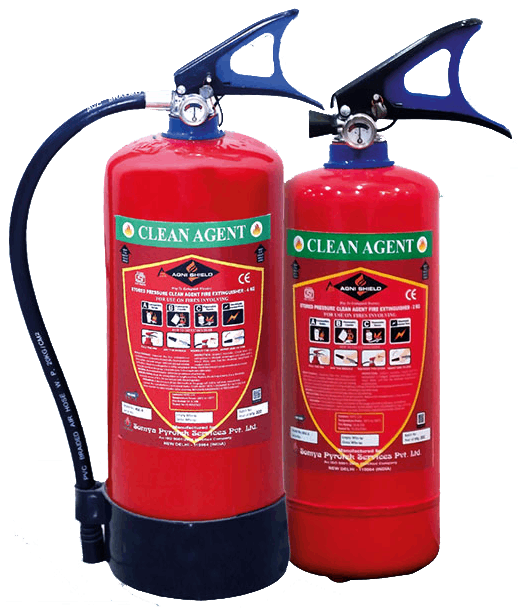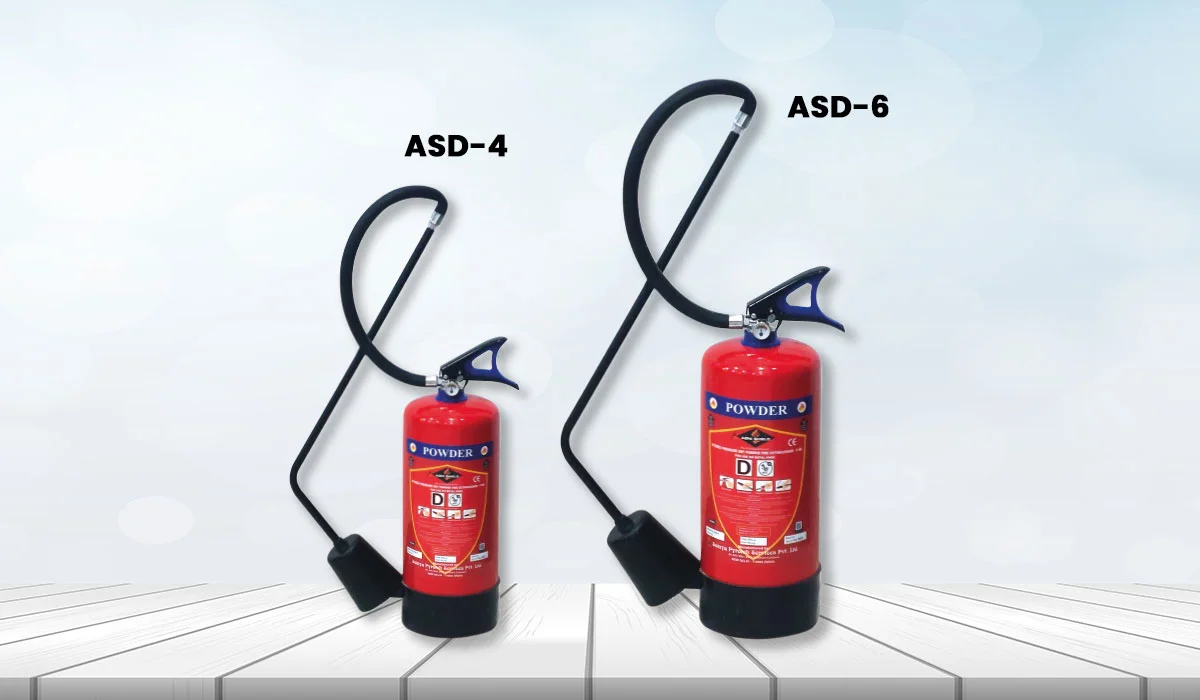
Metal Fire Extinguisher
Capacity: 1kg, 2kg, 4kg, 6kg, 9kg
Product Specification
- Capacity: 4Kg, 6Kg, and 9Kg
- Fire Class: D (Combustible Metal Fires)
- Extinguishing Medium: Dry Powder Type (Class D)
- Operating Temperature: -20°C to +60°C
Product Description
A Metal Fire Extinguisher results from combustible metals, including aluminum, titanium, magnesium, lithium, zirconium, sodium, and potassium. This type of fire typically occurs in industrial, manufacturing, or laboratory environments when small, thin metal fragments or dust created during grinding or machining catch fire, with the reactive metal particles serving as the fuel source. Class D fires can be extremely destructive and are challenging to extinguish.
Application Area of the Metal Fire Extinguisher
- Metal Fabrication Units
- Automotive Manufacturing Plants
- Aerospace Industry
- Battery Manufacturing Facilities
- Military Ammunition Storage Sites
- Research Laboratories
- Chemical Manufacturing Units
- Foundries and Smelting Operations
- Tool and Die Shops
- Mining Operations
- Firework Manufacturing Units
- Electronics Manufacturing Units
- Shipbuilding and Naval Yards
- Printing Press Facilities
- Machine Shops
- Railway Workshops
- Recycling Plants
- Energy Sector (Nuclear and Solar)
- Airports and Aircraft Hangars
- Educational Institutions (Engineering/Science Labs)
Key Features of the Metal Fire Extinguisher
- It contains a specialized dry powder agent.
- It is non-reactive to any burning metals.
- It contains high-temperature resistance.
- It is an application-specific fire extinguisher design.
- It is equipped with a controllable discharge nozzle.
- It is made up of a corrosion-resistant body.
- It has operator safety features.
- It can easily identify & color code
- With a metal fire extinguisher, you don’t need to worry about conductivity risk.
- It complies with international standards.
Technical Specifications of Metal Fire Extinguisher
| Specifications | Metal Fire Extinguisher – 4KG | Metal Fire Extinguisher – 6KG | Metal Fire Extinguisher – 9KG |
|---|---|---|---|
| Model Code | MFE-4KG-RD | MFE-6KG-RD | MFE-9KG-RD |
| Extinguishing Medium | Dry Powder | Dry Powder | Dry Powder |
| Pressure Type | Pre-pressurized (Stored Pressure) | Pre-pressurized (Stored Pressure) | Pre-pressurized (Stored Pressure) |
| Compliance Authority | Certified by EUROCERT | Certified by EUROCERT | Certified by EUROCERT |
| Approvals/Standards Met | PED, IS 15683 Compliant | PED, IS 15683 Compliant | PED, IS 15683 Compliant |
| BIS Registration | Available | Available | Available |
| CE Certification | Yes | Yes | Yes |
| Approx Gross Mass | Between 6.6 and 6.9 kg | Between 9.4 and 9.9 kg | Between 13.8 and 14.3 kg |
| Net Agent Content | 3.92 kg to 4.08 kg | 5.88 kg to 6.12 kg | 8.82 kg to 9.18 kg |
| Trigger Mechanism | Lever-operated Squeeze Grip | Lever-operated Squeeze Grip | Lever-operated Squeeze Grip |
| Fire Class | D – Metal Fires | D – Metal Fires | D – Metal Fires |
| Cylinder Body Build | MIG Welded, Deep-Drawn Steel | MIG Welded, Deep-Drawn Steel | MIG Welded, Deep-Drawn Steel |
| Valve Structure | CNC Machined Forged Brass | CNC Machined Forged Brass | CNC Machined Forged Brass |
| Exterior Surface Finish | Powder-coated Epoxy-Polyester | Powder-coated Epoxy-Polyester | Powder-coated Epoxy-Polyester |
| Leakage Test (Helium) | Performed and Verified | Performed and Verified | Performed and Verified |
| Product Warranty | 10 Years from Date of Manufacture | 10 Years from Date of Manufacture | 10 Years from Date of Manufacture |
| Operating Pressure | Rated at 15 Bar | Rated at 15 Bar | Rated at 15 Bar |
| Hydrostatic Pressure Rating | Tested up to 35 Bar | Tested up to 35 Bar | Tested up to 35 Bar |
| Shell Diameter | 140 mm | 160 mm | 175 mm |
| Height Estimate | Approx. 440 mm | Approx. 485 mm | Approx. 615 mm |
| Wall Thickness | About 1.2 mm | About 1.4 mm | About 1.4 mm |
| Body Material Specification | Cold Rolled Steel – CR2 (DC01 Grade) | Cold Rolled Steel – CR2 (DC01 Grade) | Cold Rolled Steel – CR2 (DC01 Grade) |
| Temperature Range | -30°C to +60°C | -30°C to +60°C | -30°C to +60°C |
What are the Benefits Of a Metal Fire Extinguisher?
Here, we have mentioned the exceptional benefits of a metal fire extinguisher that you must know:
- It is exceptionally effective on combustible metal fires.
- It seamlessly lowers the fire spread.
- It contains non-reactive agents, which are beneficial in preventing the fire.
- It offers operator safety.
- It prevents re-ignition.
- It is environmentally safer than traditional options
- It effortlessly complies with industrial safety standards.
What are the Disadvantages Of a Metal Fire Extinguisher?
As we have looked into the benefits, it’s time to check the concerning disadvantages of a metal fire extinguisher.
- It offers Class D fires only.
- It contains information on Non-Metal Fires, which might concern the safety majors.
- In most case scenarios, it requires precise application.
- It might raise the risk of re-ignition
- It might leave behind an imperative residue that can be damaging to other parts of the fire extinguishers.
- It is a bit more expensive than standard fire extinguishers.
- It requires frequent training and inspection.
How to Use a Metal Fire Extinguisher?
Check out these simple steps that are mentioned below to get a clear idea of how to use a metal fire extinguisher:
Step: 1 Locate the Fire
- Ensure the fire is a Class D fire, which means it contains combustible metals such as magnesium, sodium, and potassium.
- Do not use water on a metal fire, as it can react violently with the metal.
- You should use dry powder extinguishers that are specifically used for metal fires.
Step: 2 The PASS Method
- Pull out the safety pin, which breaks the tamper seal.
- Direct the nozzle or hose at the fire base, not at the fire itself. For burning metals, direct the powder at the burning metal in the fire.
- Press the handle to discharge the extinguishing agent.
- Clean the nozzle from side to side, moving it over the fire base until the flames are completely extinguished.
- Ensure to keep the accurate aim at the fire base while cleaning the surface area.
Step: 3 Key Considerations
- Maintain a safe distance from the fire.
- Most extinguishers have a limited discharge time (about 10-20 seconds).
- If the fire is too large or if you are unsure about how to handle it, leave the area and call for professional assistance.
- Take note of the special instructions for your type of extinguisher, as well as the type of metal fire.
Maintenance and Inspection Tips for a Metal Fire Extinguisher
Here are the maintenance and inspection tips of a Metal Fire Extinguisher that you should know while purchasing.
- Ensure to test the pressure meter every month to make sure it falls within the operating range.
- Make sure to check the nozzle and hose for blockages, cracks, or damage.
- Verify the fire extinguisher seal is in place and not broken or missing.
- Make sure the safety pin is securely tangled and not bent.
- Check the cylinder for any visible physical damage, like dents, corrosion, or rust.
- Make sure the metal fire extinguisher remains in its place, clearly visible, and free from obstruction.
- Shake or rotate the extinguisher periodically (if recommended) to prevent the settling of powder.
- Clean the outside surface of the fire extinguisher to prevent dust, oil, or chemical buildup.
- Check out the label and operating instructions to ensure readability.
- Ensure that the operating temperature range complies with the available storage environment.
- Check the weight of the fire extinguisher to see if it falls within the specified range.
- Log maintenance in the inspection log for monitoring and compliance.
- Have a qualified mechanic perform an annual maintenance service.
- Inspect for leakage or valve failure at regular servicing.
- Replace or recharge immediately after each use, even partial discharge.

